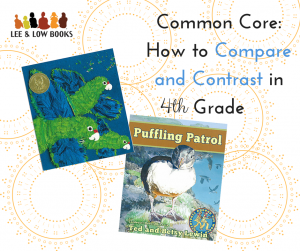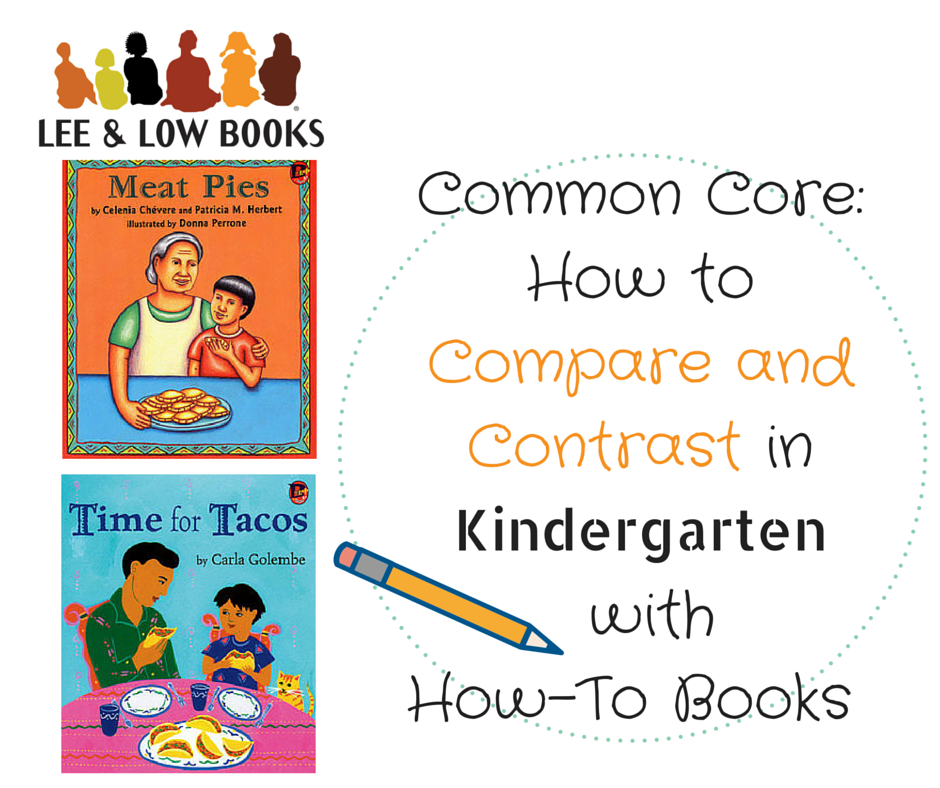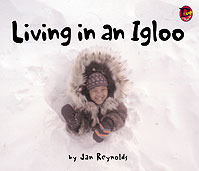 Fourth grade is a significant juncture for readers because the Common Core State Standards prescribes that 50% of reading material should be nonfiction. One of the critical skills on Common Core-aligned end of year assessments is compare and contrast. By the end of the fourth grade, students need experience in comparison for both fiction and nonfiction works. Practice in comparison not only improves a student’s close reading abilities, but also enables educators to gauge student comprehension and interpretation.
Fourth grade is a significant juncture for readers because the Common Core State Standards prescribes that 50% of reading material should be nonfiction. One of the critical skills on Common Core-aligned end of year assessments is compare and contrast. By the end of the fourth grade, students need experience in comparison for both fiction and nonfiction works. Practice in comparison not only improves a student’s close reading abilities, but also enables educators to gauge student comprehension and interpretation.
In honor of Parrots Over Puerto Rico winning the 2014 Robert F. Siebert Medal for the most distinguished informational book for children published in 2013, I am comparing Parrots Over Puerto Rico with Puffling Patrol. This book comparison is useful because the books tackle similar central ideas, yet have very different text structures and presentations of information.
I have created sample questions to teach towards and check mastery of each of the three Common Core categories. These are by no means the only questions to ask in each category, but these provide an overview of the progression in question complexity and mastery of the texts.
By creating a range of compare and contrast questions across the standards, we are able to differentiate for students within a class, provide extension opportunities for ready learners, or move the whole class from literal- to higher-level thinking over the course of several lessons.
Texts:
Parrots Over Puerto Rico (level: Q)

Puffling Patrol (level: R)


 Over the past several weeks, I have demonstrated what compare and contrast can look like in
Over the past several weeks, I have demonstrated what compare and contrast can look like in 







